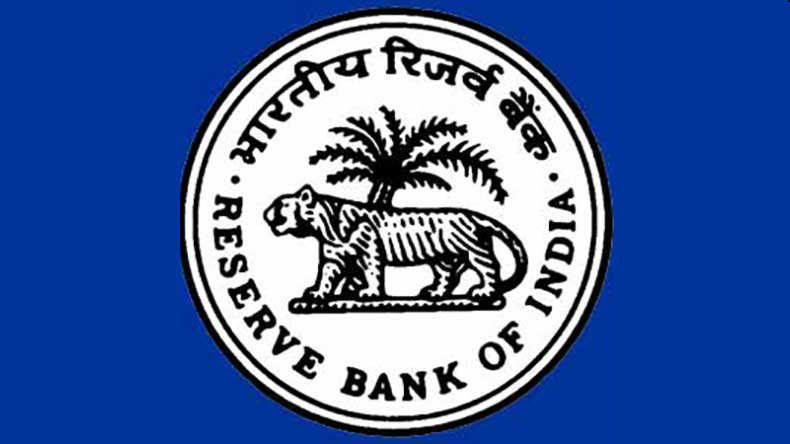The recent decision of the Reserve Bank of India (RBI), obligating all banks to park 100% of their incremental deposits (raised between 16 September and 11 November 2016) with the Central Bank under the Cash Reserve Ratio (CRR) window, is a master stroke aimed at creating a much larger pool of resources which the government and their private peers can borrow from and hopefully at lower interest rates. CRR is that quantum of money (4% of banks’ net demand and liabilities) that banks are required to keep with RBI without earning any returns on it. Although the CRR issue would be re-looked by the RBI on or before 9 December, one thing seems certain that henceforth “the CRR would not come back to 4%, meaning that CRR is likely to remain at elevated levels for some time at least, and would be spent for priority sectors, especially the ones that touches the lives of common people,” says Phani Sekhar, Fund Manager with Karvy Capital.
RBI has raised the CRR from 4% to 100% with retrospective effect with the assurance of it being a temporary measure. This also means that deposits received by banks after 11 November would remain in the banking system to be used by banks as per their wisdom.
Analysts explain that following the bold demonetisation move, the huge amount of money coming into the banking system made it quite clear that the government would either take the monetary or the fiscal way to put these resources to productive purposes. Monetary action would have meant to let this (CRR) money in the banking system and persuade interest rates to come down on its own. Fiscal action, on the other hand, is to allow the government (accountable to the people) to use it to address infrastructural handicaps (lack of irrigation facilities, health and education) that has plagued the Indian economy for long. Since it would be impossible to find borrowers overnight for this humongous cash deposits, the RBI has (prudently) decided to keep a major part of this cash deposits (the 100 % CRR portion) with itself to be used to buy or sell bonds depending upon “which way the interest rates are going”, says Sekhar and in this backdrop, “it is becoming clear that the government wants to opt for the fiscal way.”
Since RBI has (sort of) “impounded” these incremental deposits through (CRR) tool, banks are genuinely angry as they do not earn anything on CRR, but still have to honour their customers with 4% to 7% interest on savings and terms deposits. Many feel that if the CRR is kept at elevated levels, the deposits rates (interest that banks pay to their depositors) would come down, but the same cannot be said about the credit rate (at which they lend to their borrowers).
After the demonetisation move, banks have amassed a humongous quantum of people’s deposits. Almost Rs. 8.5 lakh crore have already been sucked in with the possibility of another Rs 3 lakh crore coming till 31 December 2016. Assuming that half of these deposits is withdrawn by people, banks would still be left with over Rs 6 lakh crore which again could be channeled to the government or the private sector. This excess money in the system can now “crowd-in” the private sector’s borrowing quite easily, a rare phenomenon in the recent past. The “silver lining” would be that both government and private sectors can draw from this excess poll at cheaper interest rates. “So it could be a great start of a virtuous cycle that the Indian economy has long been gasping for,” says Sekhar.
But analysts also point out the risk involved in the demonetisation decision. Cancellation of about 85% of currency is like performing an open heart surgery wherein one has to keep the economy alive (moving) by simultaneously pumping in liquidity that has been taken out.

